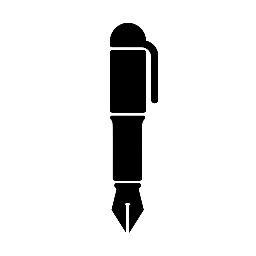According to our text, "We use goals and objectives to define the intention of the instruction. An instructional goal is a general statement about the ultimate intention of the instruction. An instructional objective is a more specific statement about how and to what degree the instruction will affect the learners. The objective should describe an action taken by the learner at the conclusion of the instructional event, that can be empirically measured by an observer.”
please respond to the following:
Think of the learning asset you have described in your Week 4 Assignment. (See attached Document)
- Share examples of your goals and objectives
2
Task and Learner Analysis Outline
Name
Instructor
School
Date
Task and Learner Analysis Outline
1. Task Analysis
Definition: Task analysis is the task decomposition that makes a task feasible by dividing it into manageable tasks that help in determining the complexity of the task that should be taught.
Factors involved:
Goal Identification: Identify the aim of the task and what we want it to accomplish (in line with the organization goals).
Skill Identification: What are the skills and knowledge that the learners have to learn?
Step Breakdown: The Step Breakdown refers to the identification of each step involved in completing the task.
Learning Context: What is the surrounding in which work must be done (workplace, classroom, remote)?
Resources: What is required to do the task in terms of tools, materials, or people (e.g., SME, media team, technology).
Obstacles: Take note of any possible obstacles like time constraints, resistance towards change, or even imbalance between expectations of the stakeholders (DeBell, 1).
Flowchart for Task Analysis:
Start -> Goal Identification -> Skill Identification -> Step Breakdown -> Resource Identification -> Obstacle Assessment -> End
2. Learner Analysis
Definition: Learner analysis is the assessment to know the unique needs of the learners, their features, and how they learn in the best forms.
Factors involved:
Learner Characteristics: Age, background, experience, cultural background, and preferences of learning.
Learning Needs: Determine which skills knowledge gap has to be filled.
Motivation: Realize what makes learners feel motivated (e.g., intrinsic motivation, extrinsic incentives).
Learning Styles: Find out whether the learners are visual, auditory, or kinesthetic learners.
Assessment: Pre-assessments to understand what is already known and prepared to learn.
Flowchart for Learner Analysis:
Start -> Learner Characteristics -> Learning Needs -> Motivation -> Learning Styles -> Assessment -> End
Key Considerations for Both Analyses
Aligning Task with Learner Needs: The task is aligned with the needs of the learner as derived by analysis of the learner.
Feedback and Adjustments: Feedback loops must be included to adjust the content of the learning or steps of any task in real time to ensure progress and performance.
These brainstorms must be in line with objectives of the learning resource (e.g., giving enough remediation to learners of different abilities) to make the training effective and in line with objectives of all stakeholders (Bouchrika, 2).
Sources
1. DeBell, A. (2020). What is the ADDIE model of instructional design. Water Bear Learning, 9.
2. Bouchrika, I. (2024). Instructional Design Models for 2025: ADDIE, Gagne’s, Merrill’s and Bloom’s Methodologies. Education.
Would you like to discuss this project or get it done?
Reach out on WHATSapp at +1 (240) 389-5520
Or
Place an order on our website for quick help
Guarantees
A+ Paper
Timely Delivery
Zero Plagiarism
Zero AI


Leave a Reply